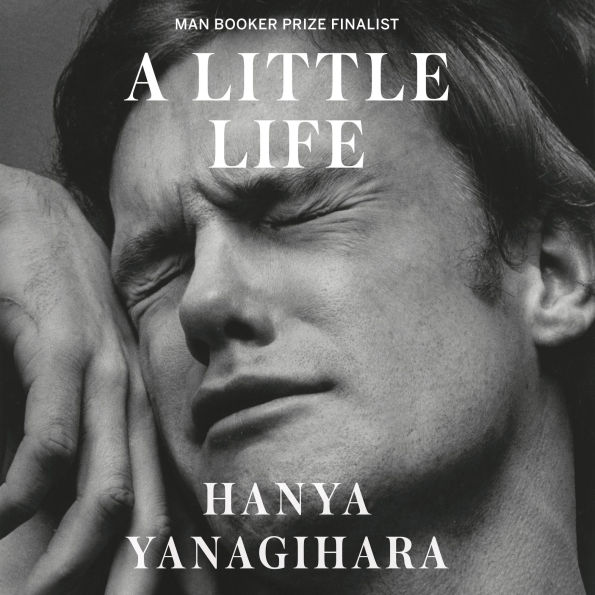From the Publisher
Praise for A Little Life:
"Spring's must-read novel... If [Yanagihara's] assured 2013 debut, The People in the Trees, a dark allegory of Western hubris, put her on the literary map, her massive new novel...signals the arrival of a major new voice in fiction."
—Megan O'Grady, Vogue
“The phrase ‘tour de force’ could have been invented for this audacious novel.”
—Kirkus Reviews, starred review
"This is a novel that values the everyday over the extraordinary, the push and pull of human relationships—and the book's effect is cumulative. There is real pleasure in following characters over such a long period, as they react to setbacks and successes, and, in some cases, change. By the time the characters reach their 50s and the story arrives at its moving conclusion, readers will be attached and find them very hard to forget."
—Publishers Weekly
Kirkus Reviews
★ 2014-12-22
Four men who meet as college roommates move to New York and spend the next three decades gaining renown in their professions—as an architect, painter, actor and lawyer—and struggling with demons in their intertwined personal lives. Yanagihara (The People in the Trees, 2013) takes the still-bold leap of writing about characters who don't share her background; in addition to being male, JB is African-American, Malcolm has a black father and white mother, Willem is white, and "Jude's race was undetermined"—deserted at birth, he was raised in a monastery. Two of them are straight, one is bisexual, and Jude, whose youth was unspeakably traumatic in a way that's revealed slowly over the course of the book, is gay. There isn't a single significant female character, and for a long novel, there isn't much plot. There aren't even many markers of what's happening in the outside world; Jude moves to a loft in SoHo as a young man, but we don't see the neighborhood change from gritty artists' enclave to glitzy tourist destination. What we get instead is an intensely interior look at the friends' psyches and relationships, and it's utterly enthralling. The four men think about work and creativity and success and failure; they cook for each other, compete with each other and jostle for each other's affection. JB bases his entire artistic career on painting portraits of his friends, while Malcolm takes care of them by designing their apartments and houses. When Jude, as an adult, is adopted by his favorite Harvard law professor, his friends join him for Thanksgiving in Cambridge every year. And when Willem becomes a movie star, they all bask in his glow. Eventually, the tone darkens and the story narrows to focus on Jude as the pain of his past cuts deep into his carefully constructed life. The phrase "tour de force" could have been invented for this audacious novel.



